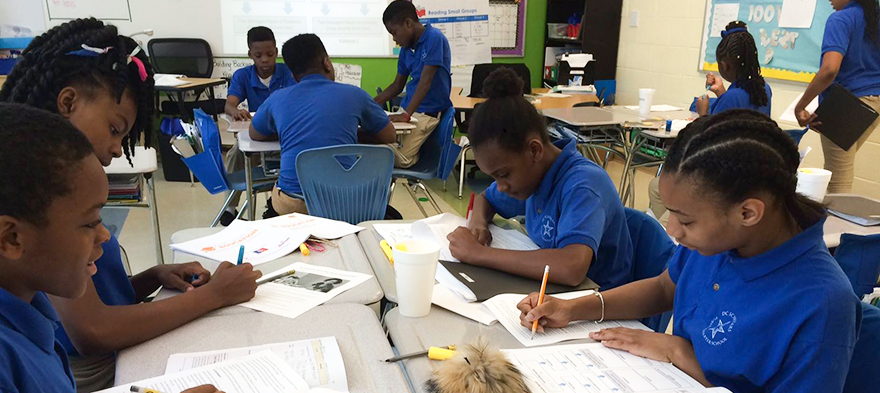
Dec 5, 2018 12:00:00 AM
Eric Goldstein expanded One World Education from a successful classroom project into a nonprofit organization in 2007. Prior to One World, Eric taught in public, charter, and independent schools and earned a US Department of the Interior Partners in Education Award while teaching in Southeast Washington, D.C., in 2006. Eric holds a master's in education from the University of Vermont and master's of international policy from George Washington University. His career in education started after a solo, 5,000-mile, bicycle trip across the United States in 1999.
The story you tell yourself about your own math ability tends to become true. This isn’t some Oprah aphorism about attracting what you want from the universe. Well, I guess it kind of is, but...
If you have a child with disabilities, you’re not alone: According to the latest data, over 7 million American schoolchildren — 14% of all students ages 3-21 — are classified as eligible for special...
The fight for educational equity has never been just about schools. The real North Star for this work is providing opportunities for each child to thrive into adulthood. This means that our advocacy...
Your donations support the voices who challenge decision makers to provide the learning opportunities all children need to thrive.
Ed Post is the flagship website platform of brightbeam, a 501(c3) network of education activists and influencers demanding a better education and a brighter future for every child.
© 2020–2024 brightbeam. All rights reserved.
Leave a Comment